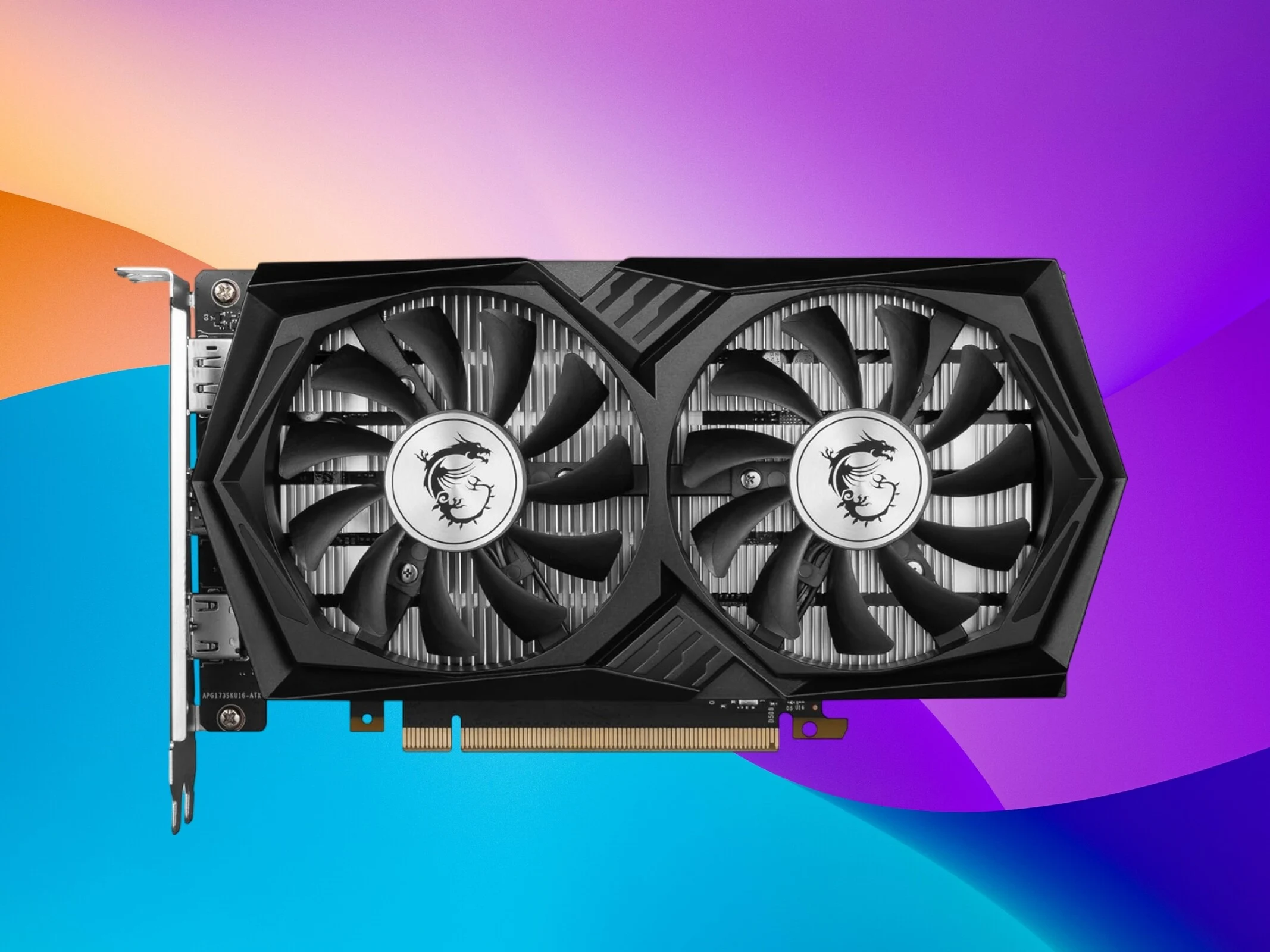Key Takeaways
1. The RTX 3050 was the last x50 class GPU for desktops, with Nvidia now limiting the RTX 4050 to laptops.
2. The upcoming RTX 5050 will be a budget-friendly GPU priced under $300, confirmed through an ECC filing.
3. The RTX 5050 features a GB207-300 GPU with 2,560 CUDA cores, 8 GB of GDDR6 VRAM, and a 128-bit bus.
4. It has a TDP of 130 W, identical to the RTX 3050 and slightly higher than the RTX 4060.
5. Performance of the RTX 5050 is expected to be better than the mobile RTX 4050, potentially approaching RTX 4060 levels, but without an increase in CUDA cores, significant gains may be limited.
The RTX 3050 was the last GPU in the x50 class to be released for desktops, as Nvidia decided to limit the RTX 4050 to laptops only. This decision was quite strange, especially since there wasn’t a desktop RTX 40 model priced under $300, with the RTX 4060 launching at $299. Consequently, those looking for budget-friendly options had no choice but to look for older models like the RTX 30 or RX 6000 series.
Introduction of the RTX 5050
In a change of pace, Nvidia is set to offer gamers a budget-friendly option with the RTX 5050, which will be priced under $300. The confirmation of this GPU’s existence came from an ECC filing. Additionally, some specifications and pricing details have also been revealed. Thanks to leaker kopite7kimi on X, we now have some important information regarding the RTX 5050’s specs.
Specifications Overview
From the very beginning, it’s evident that the RTX 5050 is aimed at budget-conscious gamers, so there’s not much in the way of pleasant surprises. The card is expected to feature a GB207-300 GPU that includes 2,560 CUDA cores. This setup is matched with a 128-bit bus and 8 GB of GDDR6 VRAM. Unfortunately, the leaker did not provide any details about clock speeds.
The RTX 5050 is said to have a TDP of 130 W, which is the same as the desktop RTX 3050 and 15 W higher than the RTX 4060 (which is available on Amazon). Interestingly, this TDP is actually 5 W lower than the figure recently reported by Wccftech.
Performance Expectations
Since there is no desktop RTX 4050 for comparison, we’ll have to look at the mobile version of the RTX 4050 to make some educated guesses about performance.
Initially, both GPUs share the same CUDA core count, but the RTX 5050 has a wider memory bus (128-bit compared to 96-bit). Furthermore, the RTX 5050 is likely to have a maximum TDP that is 15 W higher. While the number of CUDA cores may be identical, Nvidia can leverage this extra power to enhance the clock speeds of the RTX 5050 significantly compared to the RTX 4050’s boost clock, which can reach 2,370 MHz.
In light of this information, we can anticipate that the RTX 5050 will offer a noticeable, though not extraordinary, performance improvement over the RTX 4050 mobile GPU. In the best-case scenario, it may even get close to the RTX 4060, which is about 25% faster than the RTX 4050 laptop in our tests. Nonetheless, without an increase in CUDA cores, such an outcome seems improbable.
Source:
Link



